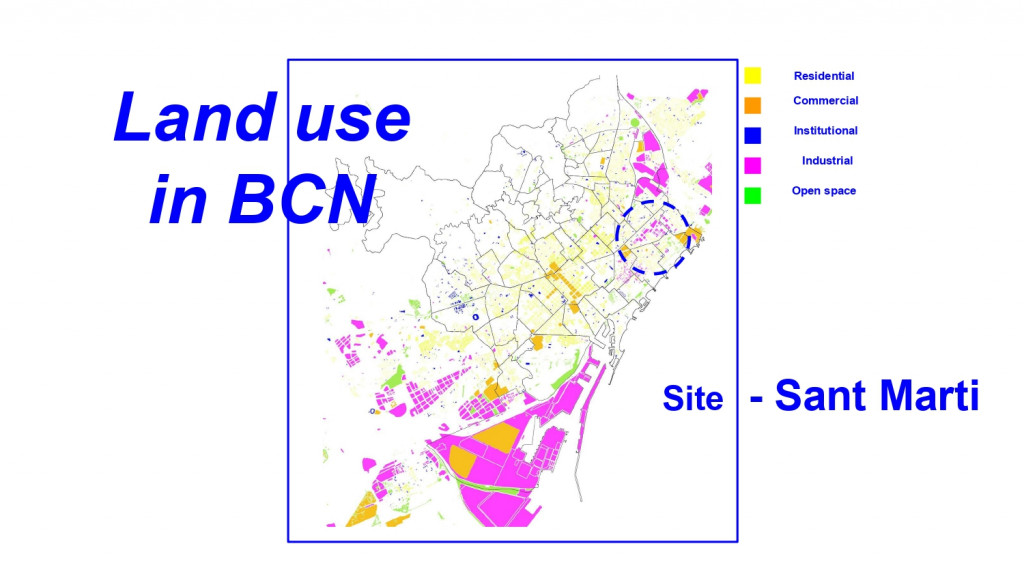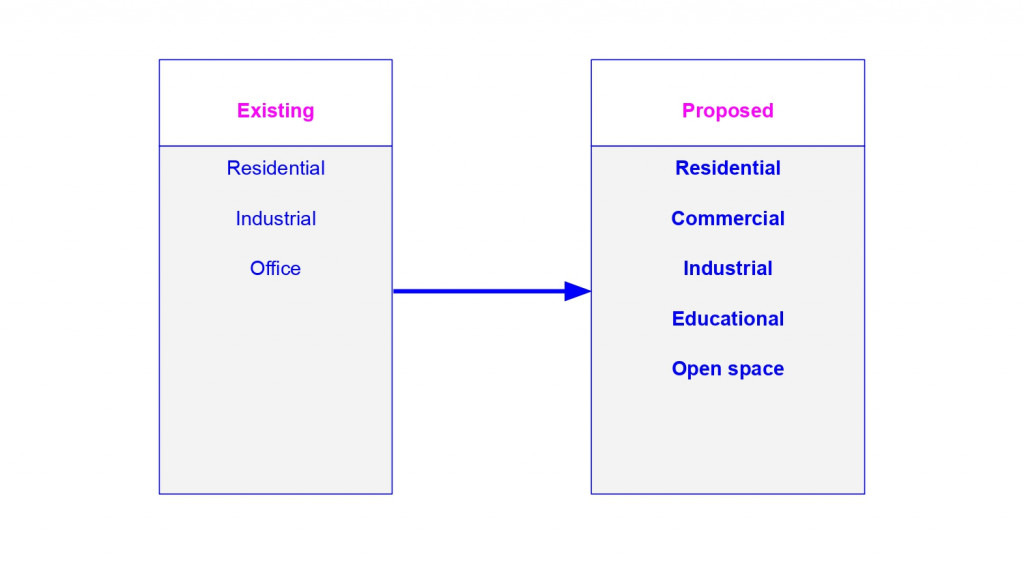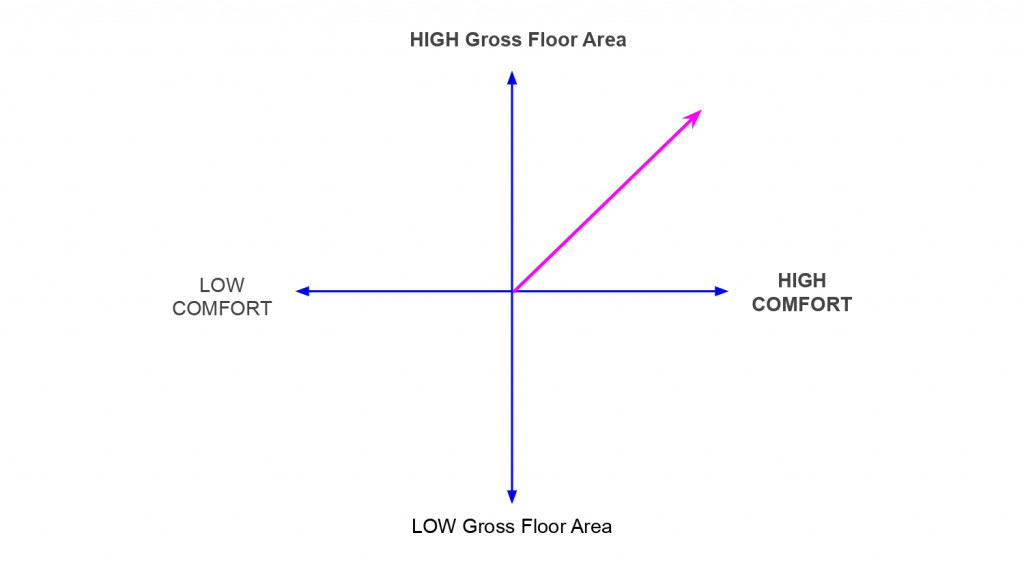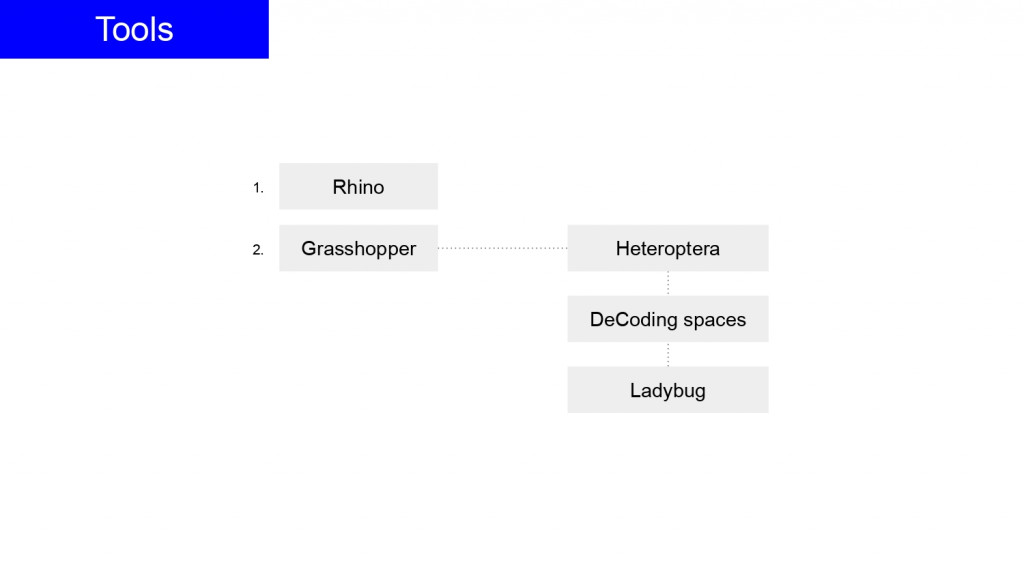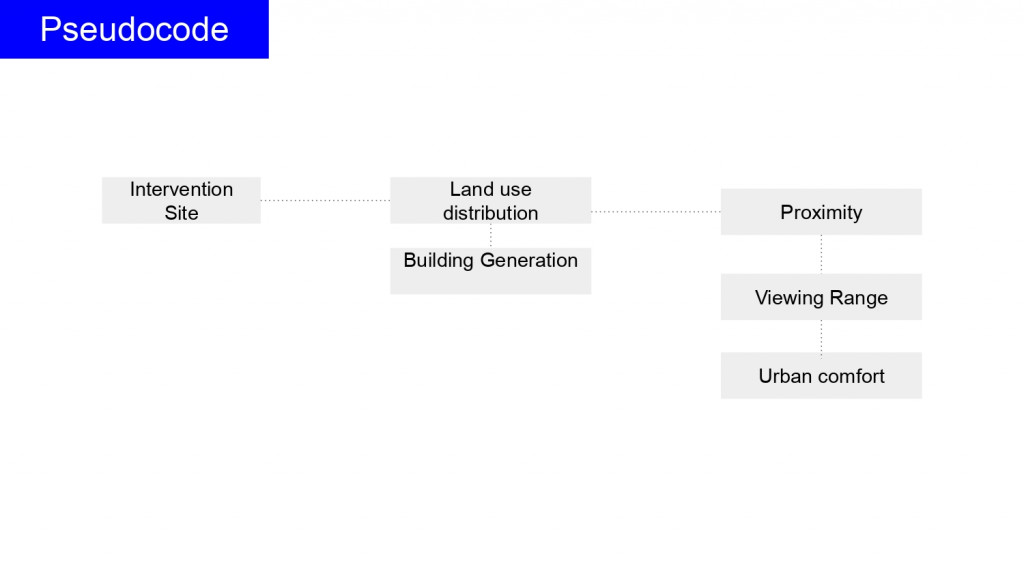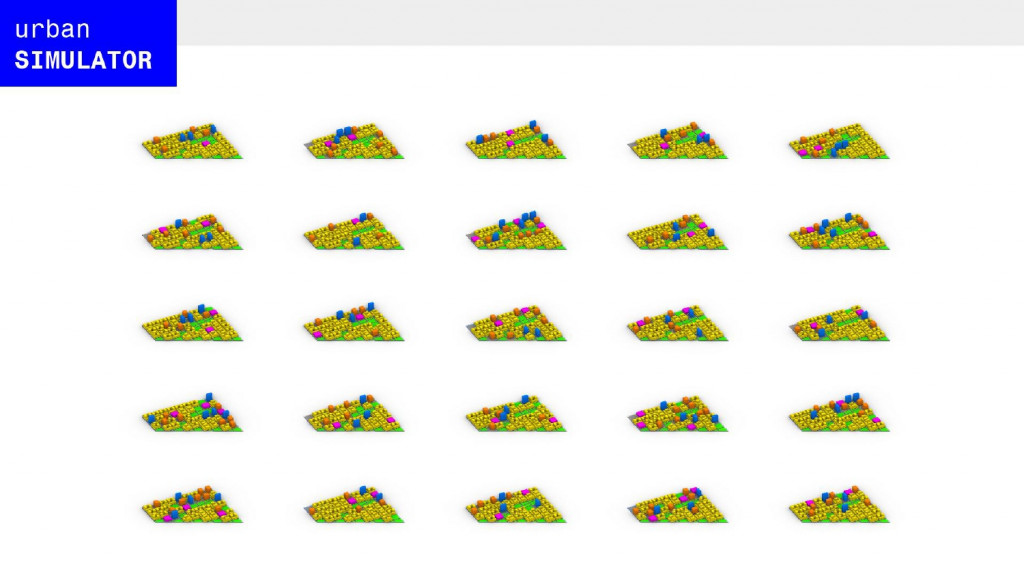The aim is to generate scenarios with different uses of the land and simulate impacts of land use on urban comfort and develop methodology to optimize the land use.
Barcelona and Catalonia in general suffered both from different forms of repressions under the Franco regime, as well as rather catastrophic and ill-fated planning. As a result, large parts of Barcelona, including those falling within present-day Sant Martí district, dilapidated into post-industrial slums.
Sant Martí is a district in Barcelona which extends north of the Ciutat Vella. Developed from the former industrial areas of Poblenou, medieval district of Clot and suburbs of Sant Martí, it became a place of large-scale ambitious urban redevelopment. This resulted in many landmarks of postmodern architecture, especially along the northern part of Avenida Diagonal, which was pretty much reconstructed in the 21st century.
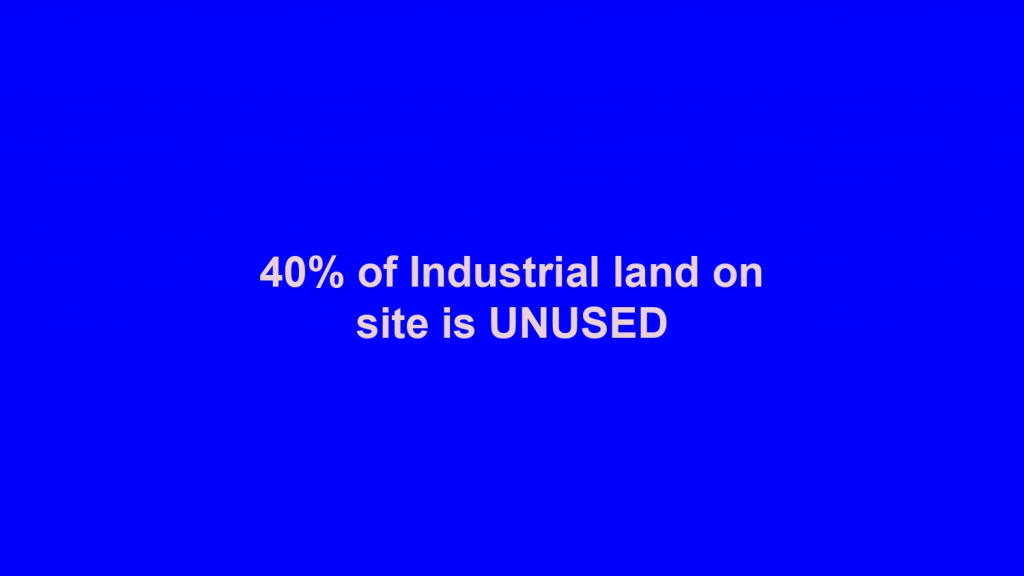 The un-used land implies untapped socio-economic potential of space, especially for the site which is close to 22@ Innovation district where future employment growth is going to take off as per predictions for 2018-2030. Hence, San Marti is interesting site as a starting point for diversifying land use and simulate its impacts.
The un-used land implies untapped socio-economic potential of space, especially for the site which is close to 22@ Innovation district where future employment growth is going to take off as per predictions for 2018-2030. Hence, San Marti is interesting site as a starting point for diversifying land use and simulate its impacts.
The higher floor area in most cases is directly proportional to revenue generated by the neighbourhood. Point of interest would be how increased heights of building block affect the city’s livability and the overall experience of the city. The exposure to sky, direct sunlight and various urban elements cast shadow over city which has significant psychological effects on people. The research aims to use generative design tools to speculate urban configurations that improve psychological impact of built environment as well as respond to market forces and catalyze prosperity.
The Urban Generator enables users to explore innumerable possibilities of land use and can inform decision making processes.
Next steps-
1. Refining methodology to find ‘best’ configuration.
2. Finding more efficient method to simulate environmental indicators.
3. Assessing impact of land use on monetary ground.
4. Exploring possibility of adding ‘Noise’ indicator as one of the KPIs.
5. Making UI more user-friendly.
References-
https://en.wikipedia.org/wiki/Barcelonahttps://www.nextdoorbcn.com/gb/commercial-property-in-barcelona-sant-marti-gb469581.html
https://www.idealista.com/en/venta-locales/barcelona/sant-marti/?ordenado-por=precios-asc
https://news.artnet.com/app/news-upload/2017/10/MGB_5-002-1024×769.jpg
https://skillspanorama.cedefop.europa.eu/en/countries/spain
Urban Generator: Optimizing Land Use is a project of IAAC, Institute for Advanced Architecture of Catalonia developed in the Master in City & Technology 2019/20 by
Students: Jianne Libunao, Xinyu Zhang, Akshay Marsute
Faculty: Rodrigo Aguirre, Eugenio Bettucchi, Alex Mademochoritis, Iacopo Neri
